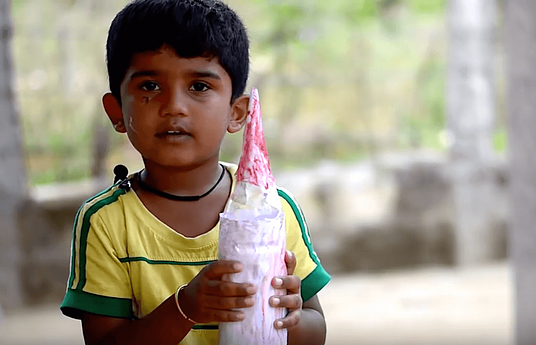How is it possible to prepare for the unknown? As insightful and imagination-inducing as future predictions can be, we may end up finding ourselves 50 years down the line as flummoxed as George Orwell would have been if he had made it to the year 1984!
However, as far away as we may be from hitting the ‘perfect future’ target, we cannot risk remaining inactive. We must be flexing our muscles and taking aim. There are future realities that we can’t escape, and whether Africa's youth population reaches over 830 million by 2050, or only (!) 700 million, we will still have a youth bulge crisis on our hands, and need to prepare accordingly.
To paint a more than disconcerting picture with some alarming statistics:
1. According to the World Bank, 40% of people who join rebel movements are motivated by lack of economic opportunity.
2. Every 24 hours, nearly 33,000 youth across Africa join the search for employment. About 60% will be joining the army of the unemployed.
What do we do with this?
I couldn’t be involved in the sphere of ‘work’ that I’m in without these two actions:
1. Believing that the (seemingly) impossible is, in fact, possible.
2. Taking on that cheesy-sounding adage of ‘putting myself in another’s shoes.

In the context of most of Africa’s youth, the latter would find me born into poverty, growing up in a community that visibly offered no hope, with few if any ethical role-models. From this viewpoint, how could I see myself as valuable; how could I know to harness my potential towards a path of economic success in employment? I probably don’t even have the strength to see myself through to the end of the week, let alone have a 5-year plan.
There is little point sweeping in with complex blueprints and technology that current infrastructure cannot hold when our young people cannot see themselves and we don’t see them.
At gold Youth Development Agency, our experience shows us that young people don’t change with information alone; they change when others around them change. Personal change leads to group change, which leads to community change. This is our key to quality education and preparation for an unknown future.
More important than ploughing energy into academics alone, we look at the whole person. A recent McKinsey Study collected data from varied socio-economic groups around the world. The consistent finding was that student mindsets, such as motivation and self-belief, have a greater impact on student performance than any other factor—and double the effect of socioeconomic background.
The gold solution creates employment for youth between the ages of 18 and 26, who are developed as Facilitator Interns to in turn train and mentor teenage Peer Educators.

Through these four-year relationships, Peer Educators are taught to model positive decision-making, strengthen their school academic work and maximize their impact on their Peers and communities. The alumni are part of the gold Grads community for life; connected to opportunities in further education, internships, jobs and micro-businesses.
And we’re supporting micro-economies to flourish by piloting scalable business-in-a-box solutions from hydroponics to clean energy and financial inclusion - that sell to the poor, employ the poor and empower the poor.
We’re transforming the role of young people from being passive recipients of negative norms to proactive social and economic change agents who empower themselves and their Peers to become the ethical leaders of tomorrow. When young people are able to value themselves, realize their specific potential and hold the hope that they can begin to invest in a long-term future, they are already set up to be more adaptable to future change. They are able to stand on a foundation that will lead them into innovation, entrepreneurship, and employment.
We cannot know what secondary education will look like in the future; what we do know now is that approximately 60% of African youth are not enrolled in secondary education and that in many areas where they are, teacher shortage and quality is debilitating. gold’s solution still stands in these dire contexts and brings mentoring and preparation for future work, even outside, or without, the traditional school.

As much as we focus on one child, we focus on changing the driving system of youth education and upbringing in Sub-Saharan Africa that perpetuates the continual replication of ‘cut and paste’ stories.
Many stories create momentum towards multi-laterally changing a system. If we understand that employment and economic success cannot be separated from the complex system of youth upbringing, then we will begin to enable millions of young people to discover and begin to live out their purpose; to see deep change in our societies.
Through a replicable and evidence-based model of youth peer education, over 15 years, gold-youth has reached 71 000 young people, in 4 African countries. We have an audacious goal to develop 10 million youth leaders by 2030 as the critical catalysts who will bring about wider systemic change - ground up.
We have to change the narrative around the youth bulge crisis at the bottom of the pyramid; to see youth as the very hope for the African continent. We must do what it takes for many to be brought up to become the nation-builders they were born to be.
To know more about the gold Youth Development Agency, please visit their innovation page.
